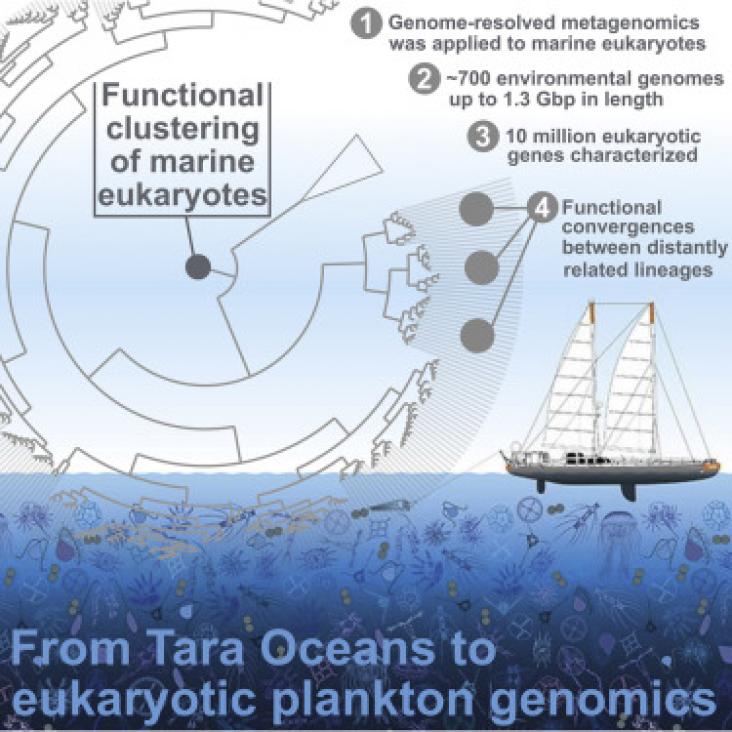This chapter advances the UN SDG goals 13 and 14 by reviewing the range of ecosystem services provided by coral reefs, the human activities that threaten these services and proposing promising policy and management interventions to promote the maintenance of key coral reef ecosystem services into the future.
This chapter aligns with Goal 14: Life Below Water and Goal 13: Climate Action by exploring the application of stable isotope tracing and metabolomics to monitor coral responses to thermal and oxidative stress in order to predict the fitness implications of continued sea warming.

This article considers barriers in tracking no net loss (NNL) outcomes, outline criteria of public offset registers to enable accessible and credible reporting of NNL, and show how existing registers fail to satisfy those criteria.
Local actions have been considered as an important path for effective climate actions, but the extent to which community-level plastic waste elimination actions can be effective in coastal regions are unclear. This article leverage a nation-wide case study in Australia to show that community-level plastic pollution reduction actions can result in large benefits, regardless whether the plastic pollution was originated from the community or not.

Supporting Goal 14: Life Below Water, Oceanology International North America's world-class exhibition and conference helps organisations reach buyers from key market regions and sectors worldwide and help them improve their strategies for measuring, developing, protecting and operating in the world’s oceans.
Elsevier,
Comparative Biochemistry and Physiology Part D: Genomics and Proteomics, Volume 42, June 2022, 100991
The diseased state in dolphins had metabolic consequences with a shift towards protein degradation. This may constrain the way cetaceans could cope with extra stressors (e.g., human disturbances). Provides insight to how we deal with conservation policies and the impact of stressors on population dynamics.

This article proposes a feasible framework to operate a global market of blue carbon, which helps to mitigate climate change.

Marine plankton occur throughout the ocean and are major functional organisms involved in nutrient production and transfer. This paper surveys the global, sunlit ocean and recovers new genomes of species that are still uncultured and uncharacterized. This highlights the magnitude of yet unexplored ecology and diversity that remains to be discovered within the world’s oceans.
Elsevier,
Microbial Consortium and Biotransformation for Pollution Decontamination, Volume 1, 1 January 2022
This chapter aligns with Goal 6: Clean water and sanitation, Goal 3: Good health and well-being, and Goal 14: Life below water by summarizing different types of wastewater, its effects on freshwater ecosystem, and remedies to reduce the effect of these effluents on freshwater ecosystem and indirectly on humans.

